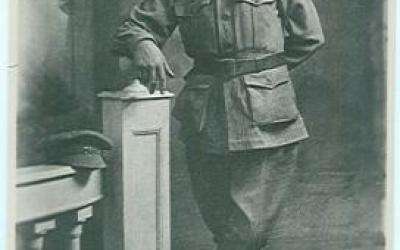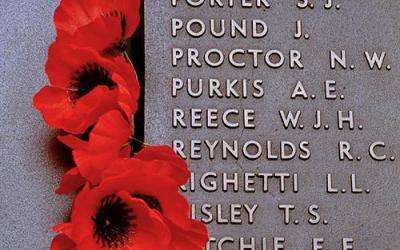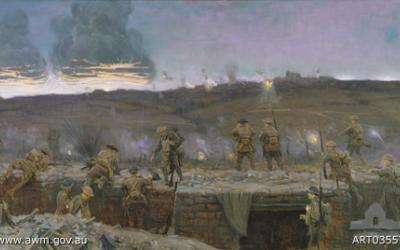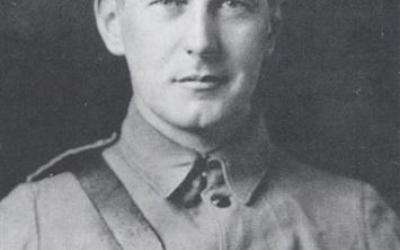Memorial Articles
The Memorial boasts a staff of subject specialists in all aspects of military history and museum practice.
Our articles and our Encyclopedia allow subject specialists to share their knowledge on Australian military history.
They also provide a way for us to take a closer look at the people and the stories behind the history and our museum collection.
Cirkut Panoramas
Given their application to the fields of reconnaissance, surveillance and the gathering of intelligence, the course of the First World War was in many ways dependent on the production and circulation of panoramic photographs.
Surrender at Ziza 28 September, 1918
A force of nearly 5,000 from the Turkish Maan garrison was encountered by elements of the 5th Australian Light Horse Regiment at Ziza on 29 September 1918.

Edward Randolf Cleaver
Edward Randolph Cleaver joined the 4th Australian Light Horse Regiment in August 1914. He was the first man from Sale, Victoria to enlist.

Further reading: a select bibliography
The following is not intended to provide an exhaustive bibliography of resources on the AIF campaigns in France and Flanders during 1917. Rather, it identifies some of the more useful and readily available sources for anyone wishing to explore the topic further.

Roll of Honour
Australia's war dead from all conflicts are recorded on the Australian War Memorial's Roll of Honour. Learn more and how to access the roll online.
Battle of Passchendaele (Third Ypres)
After mid-1917, and following mutinies in the over-strained French Army, the British Forces had to assume an even greater role in the war on the Western Front. For Field Marshal Sir Douglas Haig, the British commander-in-chief, this provided an opportunity to launch an offensive that he had long wanted.

Battle of Messines
The battle of Messines fought on 7 June 1917 was the first large-scale action involving Australian troops in Belgium and it also marked the entry of the 3rd Division into a major battle.

In Flanders Fields (the poem)
Learn about the author of the poem, In Flanders Fields, which has endured as a symbol of the sacrifice of those who fought during the First World War and is particularly identified with the losses around the Ypres salient.
